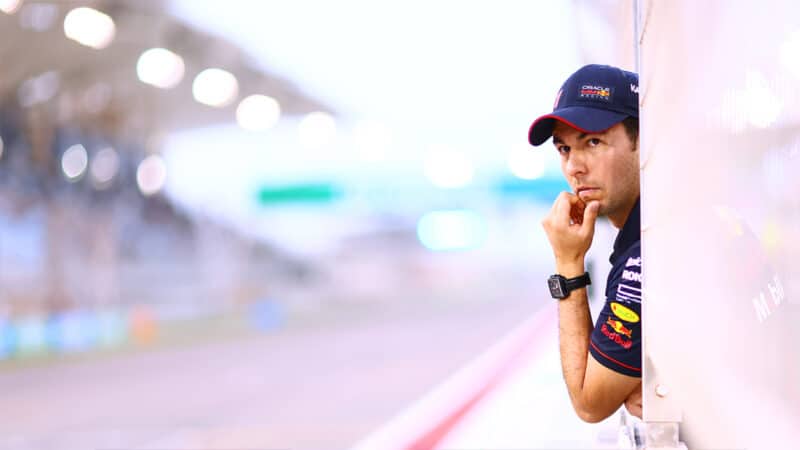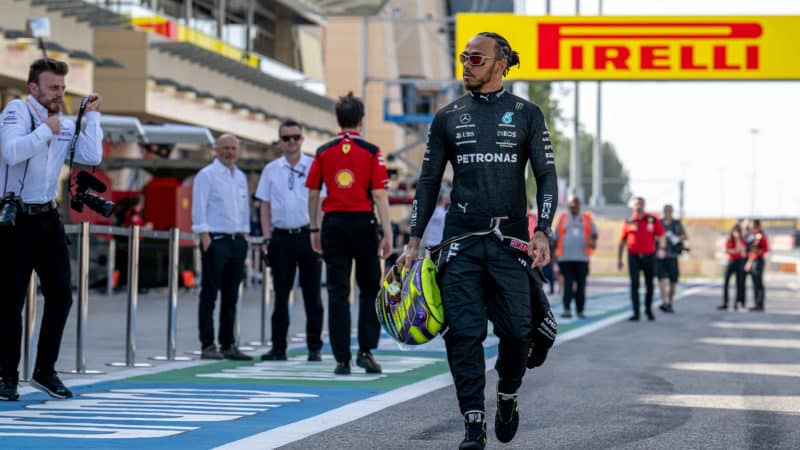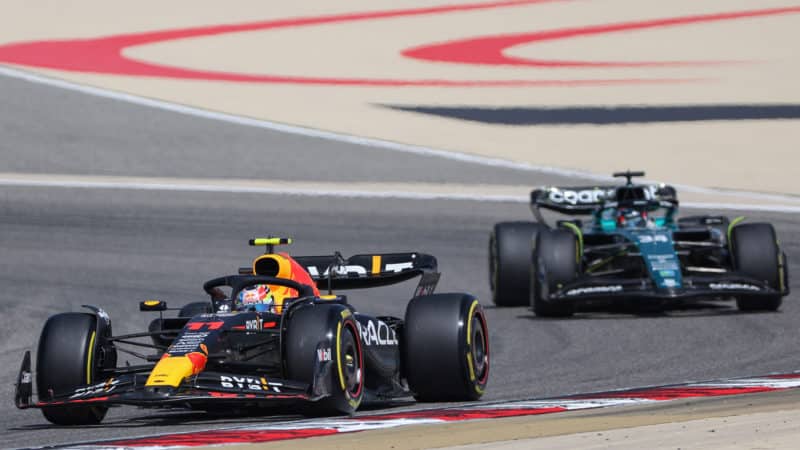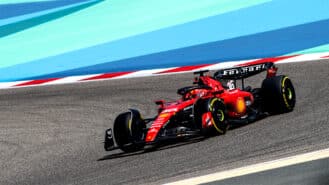During a race sim the fuel effect is largely known, but some teams will run completely legally and others might have a lighter car and carry out more lifting and coasting at certain times, so it’s not foolproof.
It’s easy for teams to hide pace, simply through the amount of fuel they are carrying. If a team adds 10kg more fuel to the car than it usually would run in its qualifying simulation, then it will be 0.3sec per lap slower over that one lap, giving it a clear indication of what it could have done without rivals knowing.
Similarly, the additional instrumentation mentioned above (sensors, non-spec parts, even ballast) also provide a way of adding weight that other teams can’t be certain of.
Tyre choice
Teams that don’t run the softest C4 or C5 compounds during a qualifying simulation also know a big chunk of time is available, while running the power unit at a lower setting – for example a free practice mode – also masks potential.
All of this makes getting a complete ranking so tough, with teams lacking concrete data on each other to work with. Power unit manufacturers with customer teams might be able to gain a tiny bit more insight given their knowledge of how their own PU works, but it’s only one variable out of many.
Tell-tale signs
That said, there are signs that can let you know if your team is in particularly good or bad shape.
Mileage is often more telling than lap time, because cars that are running consistently and regularly are a sign of a team that is well-placed with a reliable car that is easy to set up. Those doing lots of shorter runs and making regular changes suggest it is hard to find the sweet spot of a car, or there are reliability concerns.
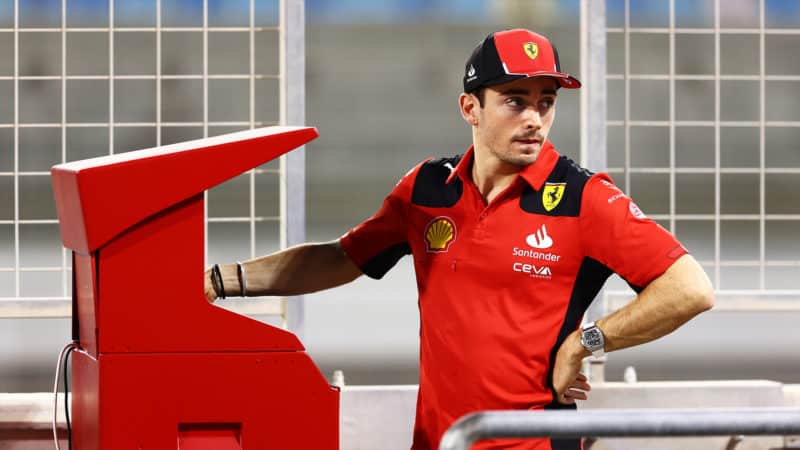
Worried… or just worn out?
Dan Istitene/F1 via Getty Images
Then there are the tyres being used. Using Bahrain as an example, the C1, C2 and C3 tyre will be supplied to the teams for the race weekend, so comparing long runs on the same C1 or C2 provides some reflection of where teams stand in terms of race pace. And those racking up the laps on those tyres tend to be the more confident outfits when it comes to their machinery.
And the final hints don’t come from the cars at all, but the drivers after they climb out of them. Their body language, the comments they make about how the test is going, and information provided by the teams in their press releases can all be telling. Teams in a particularly good position rarely talk up their chances, but those struggling often give away little admissions that they are not where they want to be.
